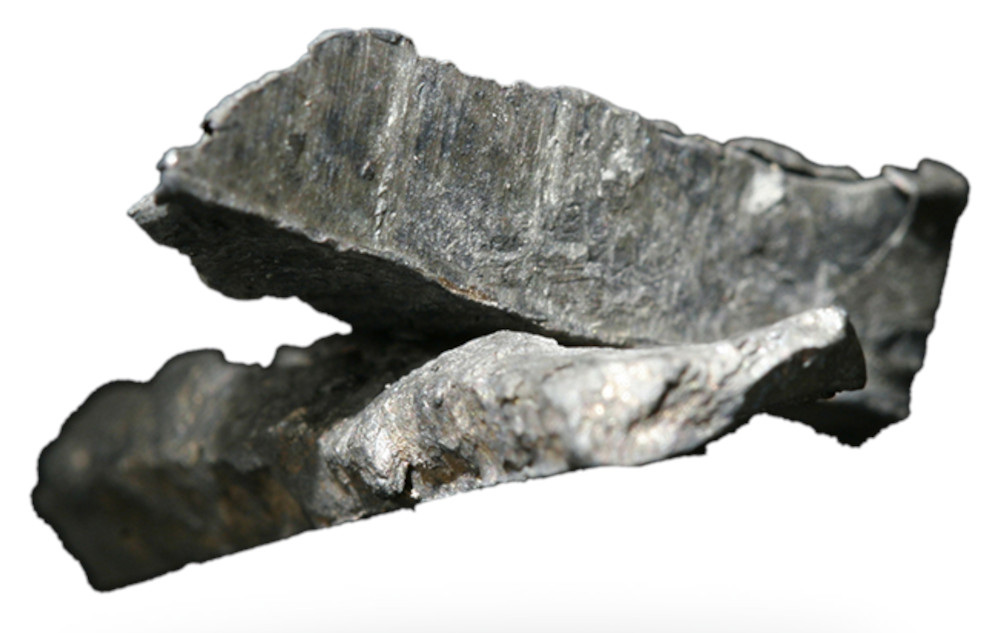Less neodymium, more cerium

Engineers at the Korea Institute of Materials Science have developed a process for producing high-performance and cost-effective magnets for high-speed electric motors using cerium to reduce the amount of neodymium (writes Nick Flaherty).
Cerium is an abundant rare earth element, while neodymium is in increasingly short supply, driving up prices. The process can reduce the amount of neodymium required by 30% while increasing the coercivity and remanence of the magnets.
The magnetic performance of the magnets is sufficient to replace N42M-graded commercial magnets.
The shortage of neodymium is being driven by the demand for anisotropic neodymium iron boron (Nd-Fe-B) permanent magnets for high-efficiency motors in hybrid/electric vehicles. While cerium is abundant, the intrinsic magnetic properties of the Ce2Fe14B used in magnets are much lower than those of Nd2Fe14B.
The hot-deformation process is well-known for fabricating high-performance Nd-Fe-B magnets comprising ultra-fine grains. This was used to create magnets with a high cerium content that had a far higher remanence than those produced by sintering.
ONLINE PARTNERS































